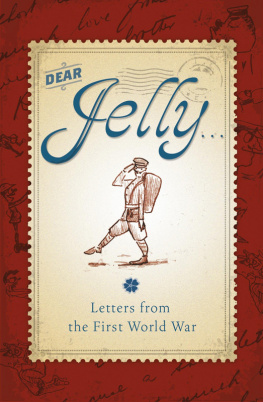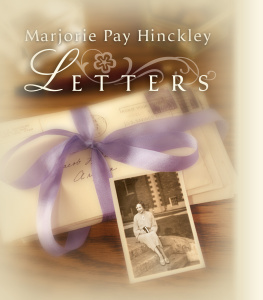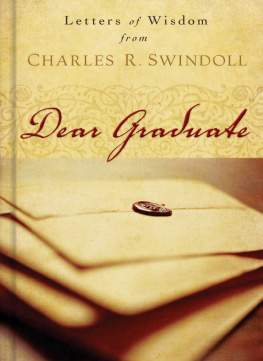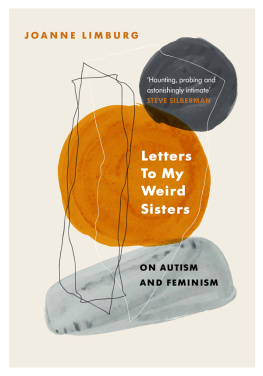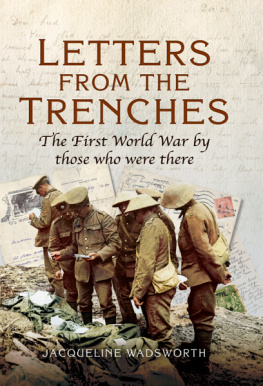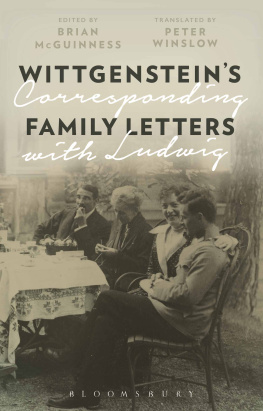
www.franklinwatts.co.uk
Contents

Eileen (Jelly) and Mabel
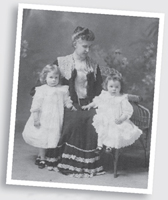
Mabel, Mother and Eileen (Jelly)
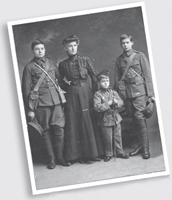
William, Mother, Noel and Robert
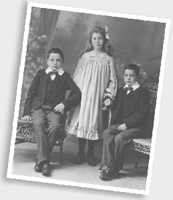
William, Maud and Robert

T HE S EMPLE F AMILY

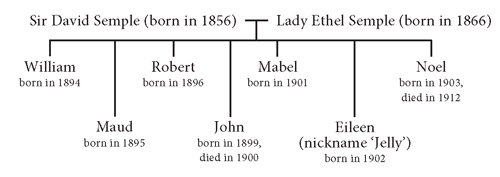
Sir David Semple was a leading doctor with the Royal Army Medical Corps. He was knighted (became Sir David Semple) in 1911 for his work with public health in India, including the introduction of the new rabies vaccine. Between 1913 and 1918 he was Director General of Public Health in Egypt, then under British occupation.
Lady Ethel Semple was Sir Davids wife and mother to their seven children. Two of their sons died in childhood John as a one-year-old and Noel of meningitis when he was eight.
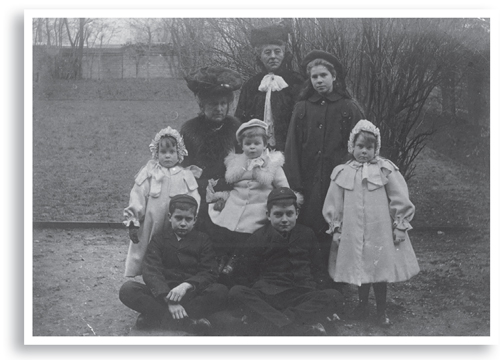
Robert and William sit on the ground in this photo taken in 1907. Left to right: Eileen (Jelly), Noel and Mabel are wearing white coats. Their mother (Lady Semple) is sitting down. The nanny is standing with Maud to the right of her.

A UGUST 1914

In August 1914 war broke out across Europe. Tensions between countries had been building for some time. Almost all the countries of Europe were linked together by agreements to support each other in the case of attack or invasion. It took the assassination of Archduke Franz Ferdinand, heir to the Austrian throne, to start a chain of reactions that brought country after country into war. On 4 August, Britain declared war on Germany, joining forces with France and Russia against Germany and Austria-Hungary.
In August 1914, William and Robert Semple and a school friend were on a walking holiday in Bavaria, Germany. The outbreak of war took them by surprise and they had to find a safe route home. Picking up Maud, their sister, from a finishing school at a convent in Bavaria on the way, they fled across France alongside refugees who were escaping in front of the German advance. They eventually arrived home on a steamboat.
Home was a house in Ealing, a suburb of London. There were five Semple children: William 19, Maud 18, Robert 17, Mabel 13 and Eileen 12. William and Robert had nicknames for their youngest sisters: Mabel they called Suet and Eileen Jelly. In 1914, Mabel and Eileen were just about to go away to boarding school for the first time. Up until then they had been educated at home, taught by a governess.
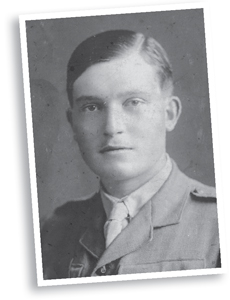
William was due to return to Cambridge University where he was studying to become a doctor like his father. Instead he joined the army and in 1915, after completing his officer training, he left for France as a Second Lieutenant in the Kings Royal Rifle Corps.
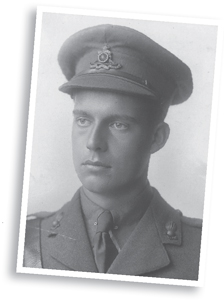
His younger brother, Robert, persuaded his parents to let him join the Royal Military Academy, Woolwich, to train as an officer in the artillery. In July 1915 he left Woolwich and joined the Royal Field Artillery. Like his brother, he was sent to France to fight on the Western Front.
To keep in touch with home, William and Robert wrote letters. Their sisters kept many of these letters and they have been passed down to the next generation.

1914 /1915


William drew this picture
of himself in a letter to
his sister Eileen.
By the time William Semple arrived in France in 1915, the war had been going for almost a year.
At the beginning, the German army took over large areas of Belgium and parts of France. The French and British armies fought back, most notably at the Battle of the Marne, slowing down the German advance. However, by November 1914 the war had ground to a halt. The use of field guns, firing huge numbers of shells one after the other, made open warfare extremely difficult. So both armies now rushed to build trenches which stretched from the Swiss border to the Belgian coast.
Back in Britain, the army had launched a massive recruitment campaign. Its army was also expanding due to a flood of soldiers from countries in the Commonwealth including Canada, Australia, New Zealand and India. The fighting took place across the world: on the Western Front (France/Belgium), the Eastern Front (Russia), in the Balkans, Africa and the Middle East.
During 1915, trench warfare continued with small skirmishes, trench raids and bombardments, as well as battles. The German army used poison gas for the first time against the British in April 1915 when they attacked the British front line close to Ypres in Belgium. The British used it against the Germans in September of that same year, at the beginning of the Battle of Loos.
Thousands of men lost their lives during 1915 in France and Belgium, as well as on other battlefronts. The British were particularly badly affected during the Battle of Loos in September: around 60,000 British soldiers died, were injured or taken prisoner, as compared to only about 20,000 German soldiers.
In the spring of 1915, William Semple, who sometimes signed himself as Bill, wrote these letters to his sisters. They were both at Princess Helenas College, Ealing, a private boarding school for girls. Mabel was 13 and Eileeen 12.
My dear Mabel,
Thanks awfully for your very amusing letters. I must congratulate you on your gym distinctions I shall expect to find you something like this when I come home.
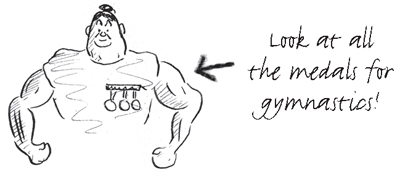
I hope you have a good time when you are home for the Easter hols. I expect this letter will find you there. Dont behave like the girl in the limerick:
Next page
